The bads of ads
In London at the start of the year, perhaps there was more advertising than there usually is in my life, because I found its presence disgusting and upsetting. Could I not use public transport without having my mind intruded upon continually by trite performative questions?

Sometimes I fantasize about a future where stealing someone’s attention to suggest for the fourteenth time that they watch your awful-looking play is rightly looked upon as akin to picking their pocket.
Stepping back, advertising is widely found to be a distasteful activity. But I think it is helpful to distinguish the different unpleasant flavors potentially involved (and often not involved—there is good advertising):
-
Mind manipulation: Advertising is famous for uncooperatively manipulating people’s beliefs and values in whatever way makes them more likely to pay money somehow. For instance, deceptively encouraging the belief that everyone uses a certain product, or trying to spark unwanted wants.

-
Zero-sumness: To the extent advertising is aimed at raising the name recognition and thus market share of one product over its similar rivals, it is zero or negative sum: burning effort on both sides and the attention of the customer for no overall value.

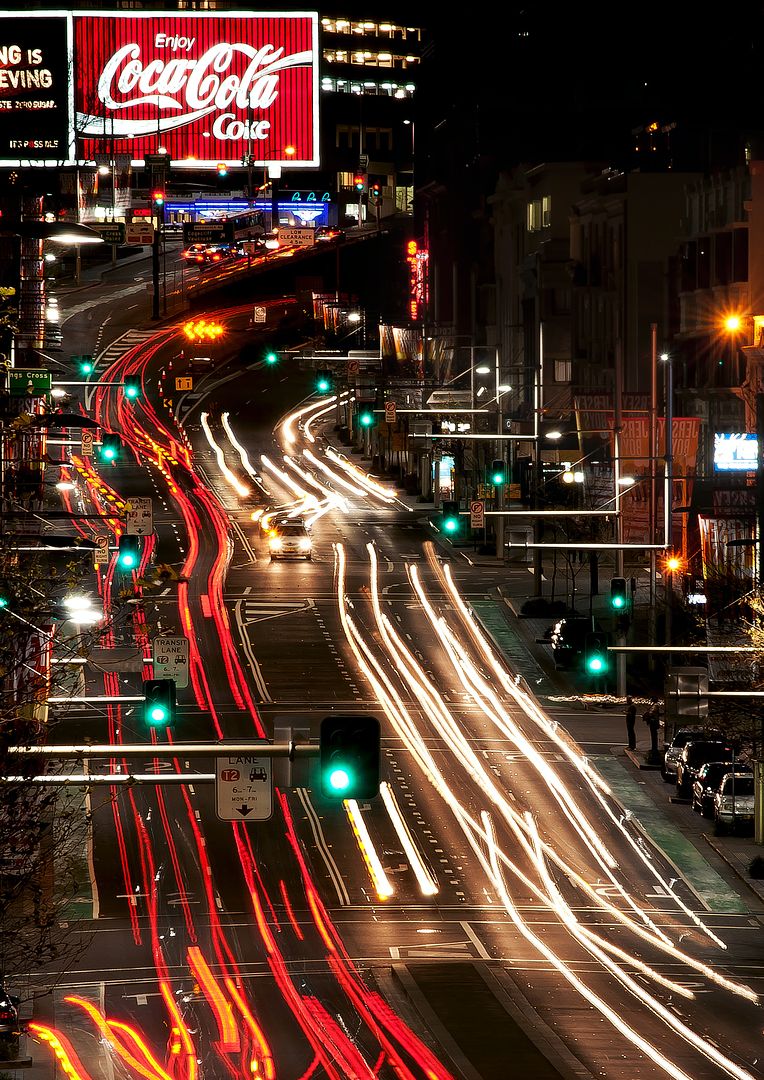
-
Theft of a precious thing: Attention is arguably one of the best things you have, and its protection arguably worthy of great effort. In cases where it is vulnerable—for instance because you are outside and so do not personally control everything you might look at or hear—advertising is the shameless snatching of it. This might be naively done, in the same way that a person may naively steal silverware assuming that it is theirs to take because nothing is stopping them.
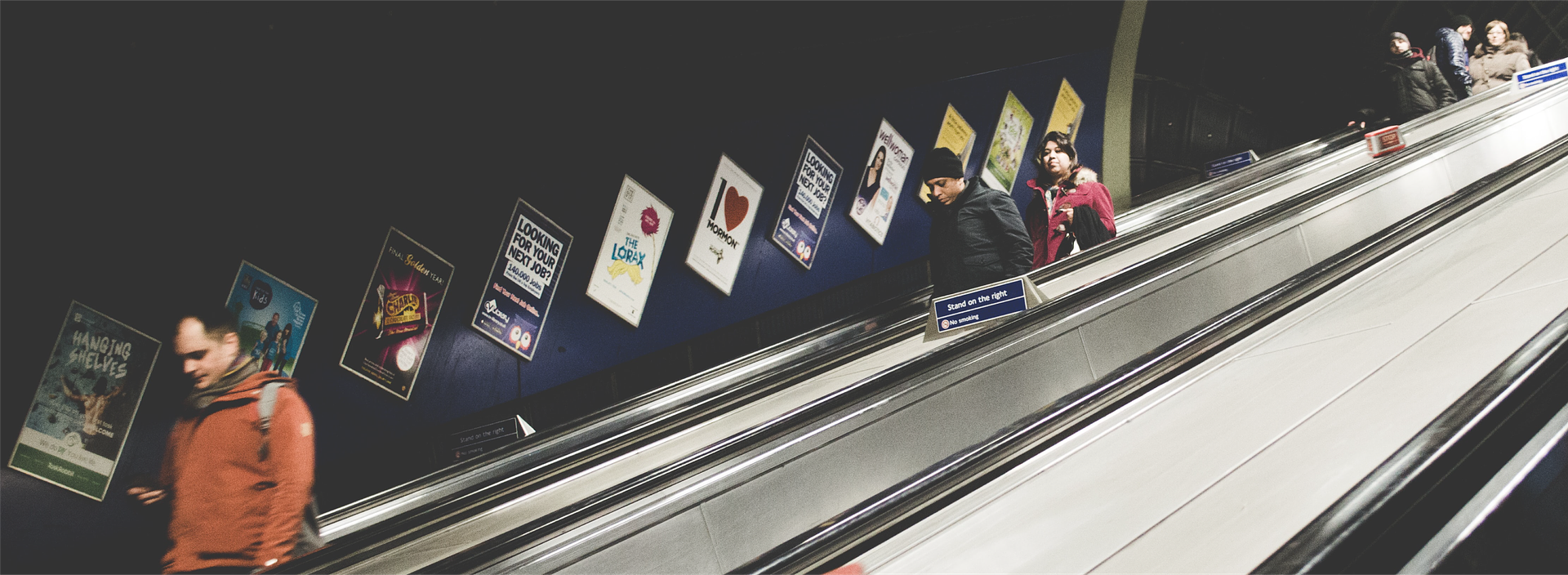
-
Cultural poison: Culture and the common consciousness are an organic dance of the multitude of voices and experiences in society. In the name of advertising, huge amounts of effort and money flow into amplifying fake voices, designed to warp perceptions–and therefore the shared world–to ready them for exploitation. Advertising can be a large fraction of the voices a person hears. It can draw social creatures into its thin world. And in this way, it goes beyond manipulating the minds of those who listen to it. Through those minds it can warp the whole shared world, even for those who don’t listen firsthand. Advertising shifts your conception of what you can do, and what other people are doing, and what you should pay attention to. It presents role models, designed entirely for someone else’s profit. It saturates the central gathering places with inanity, as long as that might sell something.
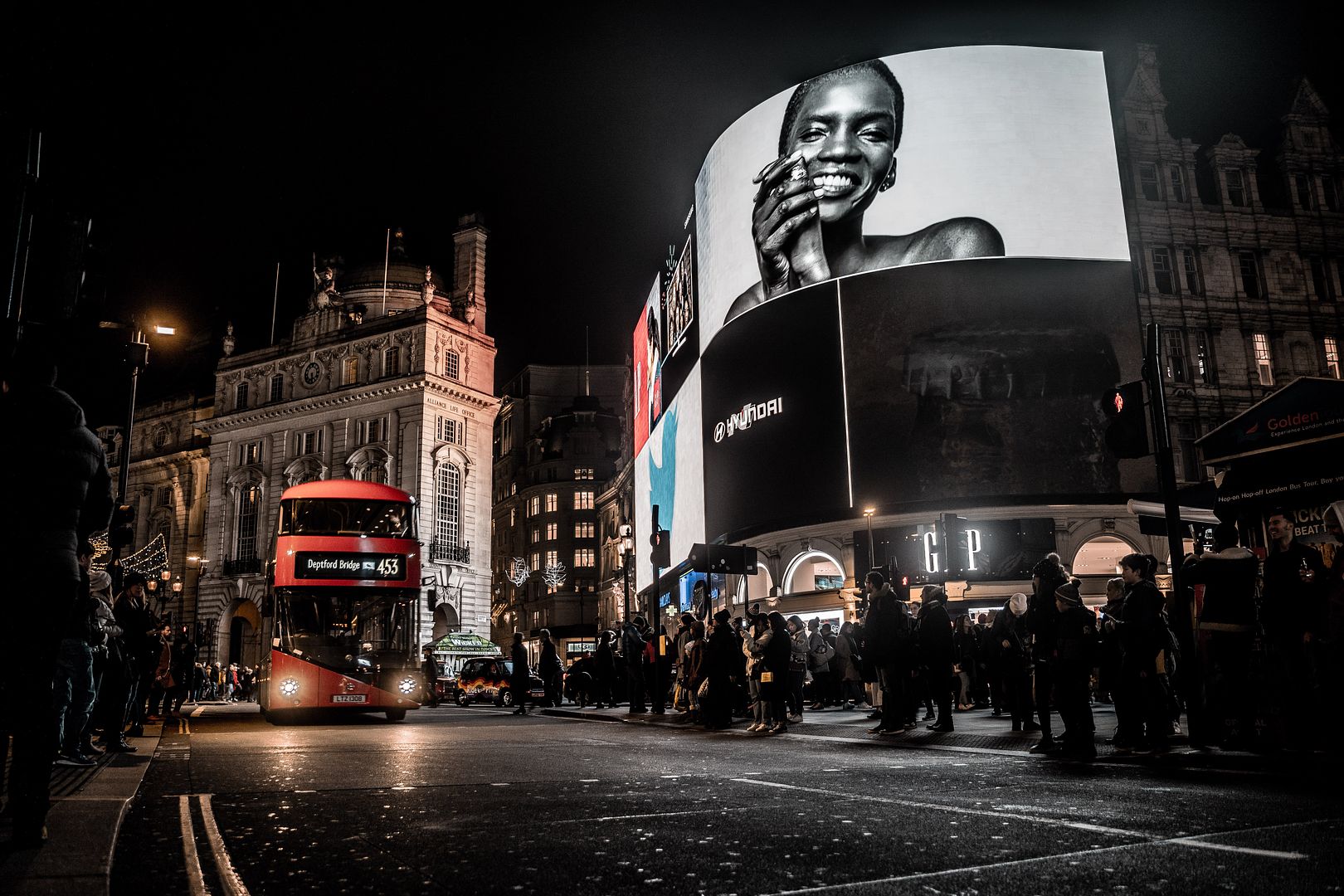
-
Market failure: Ideally, whoever my attention is worth most to would get it, regardless of whether it was initially stolen. For instance, if I have better uses for my attention than advertising, hopefully I will pay more to have it back than the advertiser expects to make by advertising to me. So we will be able to make a trade, and I’ll get my attention back. In practice this is probably too complicated, since so many tiny transactions are needed. E.g. the best message for me to see, if I have to see a message, when sitting on a train, is probably something fairly different from what I do see. It is also probably worth me paying a small sum to each person who would advertise at me to just see a blank wall instead. But it is hard for them to collect that money from each person. And in cases where the advertiser was just a random attention thief and didn’t have some special right to my attention, if I were to pay one to leave me alone, another one might immediately replace them.1

-
Ugliness: At the object level, advertising is often clearly detracting from the beauty of a place.
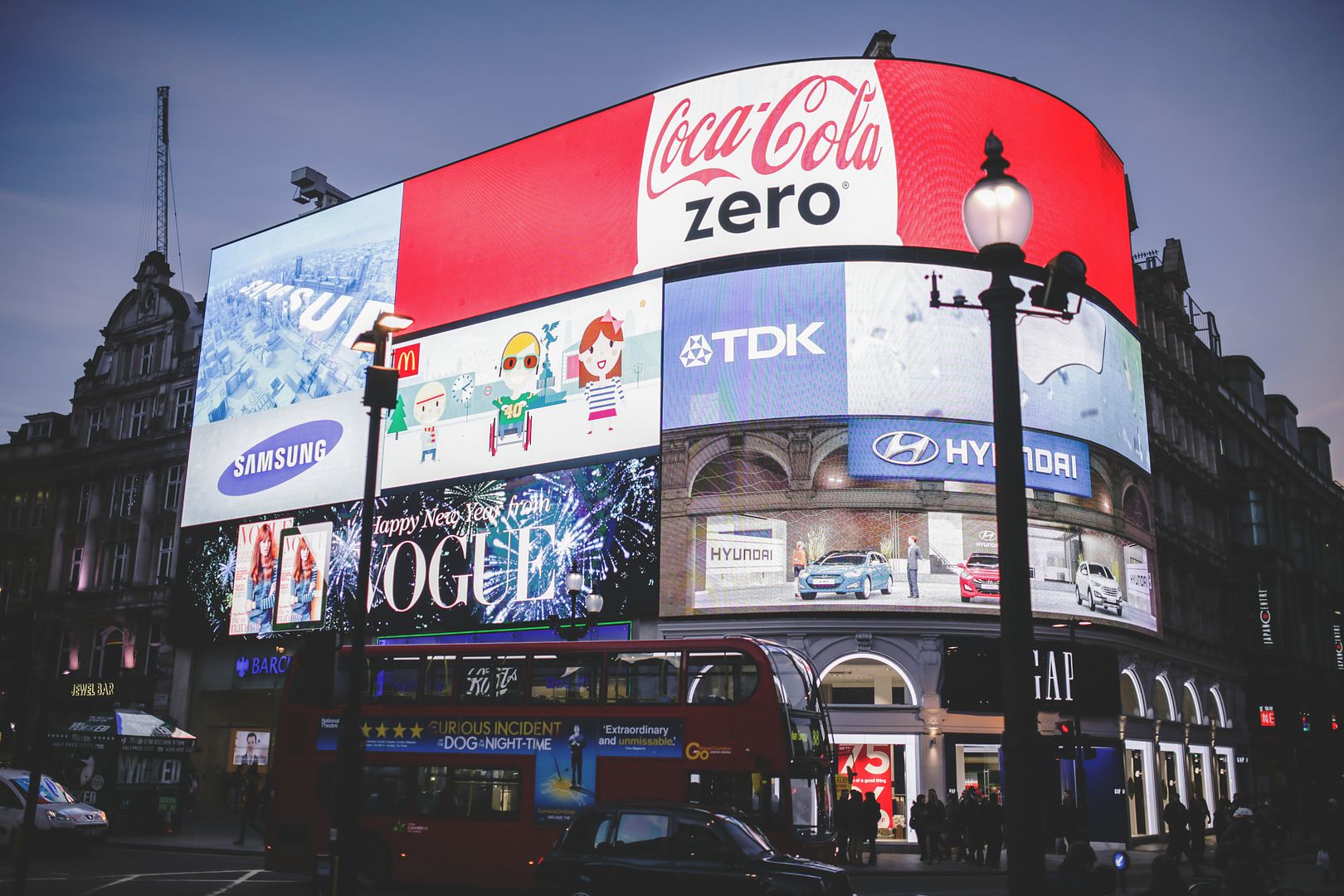
These aren’t necessarily distinct—to the extent ugliness is bad, say, one might expect that it is related to some market failure. But they are different reasons for disliking a thing-a person can hate something ugly while having no strong view on the perfection of ideal markets.
What would good and ethical advertising look like? Maybe I decide that I want to be advertised to now, and go to my preferred advertising venue. I see a series of beautiful messages about things that are actively helpful for me to know. I can downvote ads if I don’t like the picture of the world that they are feeding into my brain, or the apparent uncooperativeness of their message. I leave advertising time feeling inspired and happy.
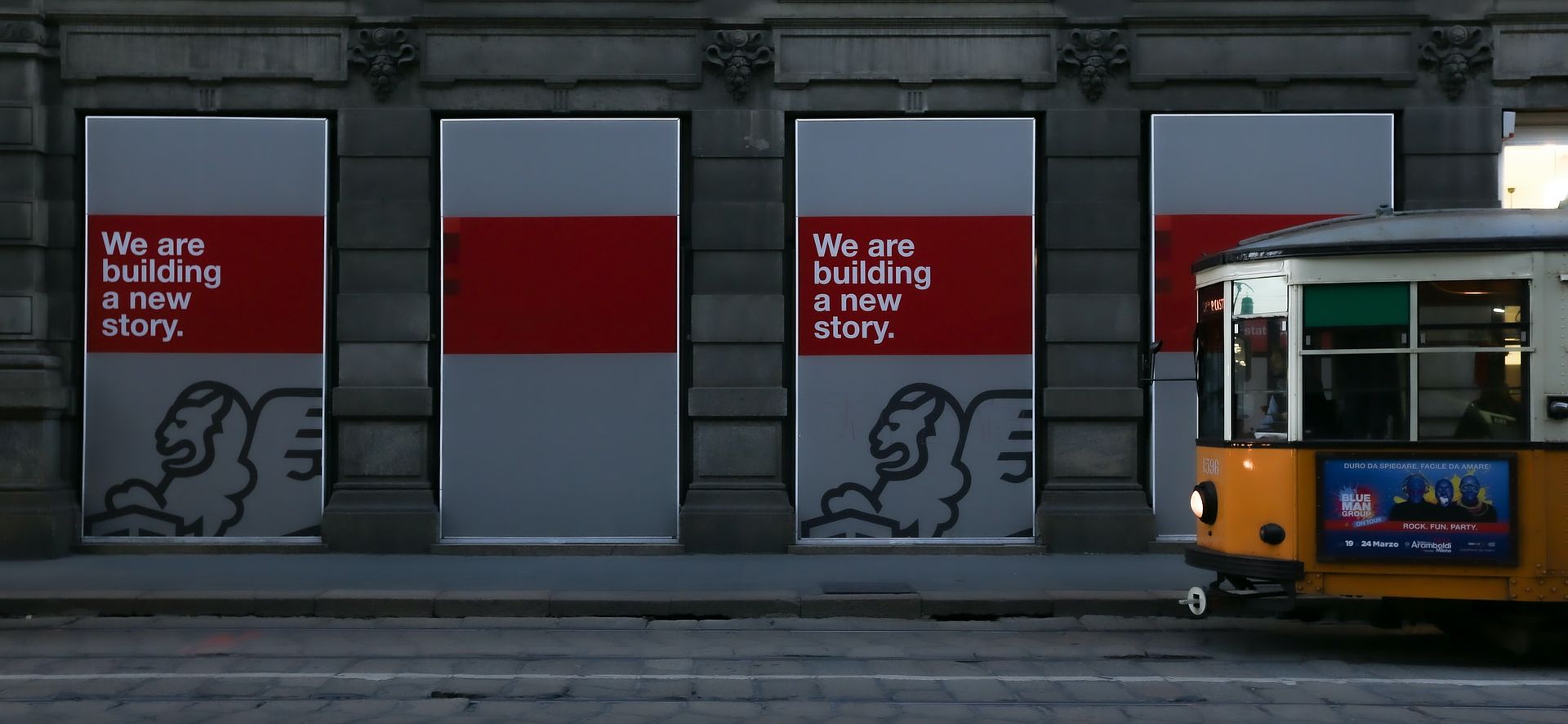
Images: London Underground: Mona Eendra, painting ads: Megan Markham, Nescafe ad: Ketut Subiyanto, Coca-Cola: Hamish Weir, London Underground again: Willam Santos, figures in shade under ad: David Geib, Clear ad in train: Life of Wu, Piccadilly Circus: Negative Space, Building a new story: Wilhelm Gunkel.
-
For advertising in specific public locations, I could in principle pay by buying up the billboard or whatever and leaving it blank. ↩